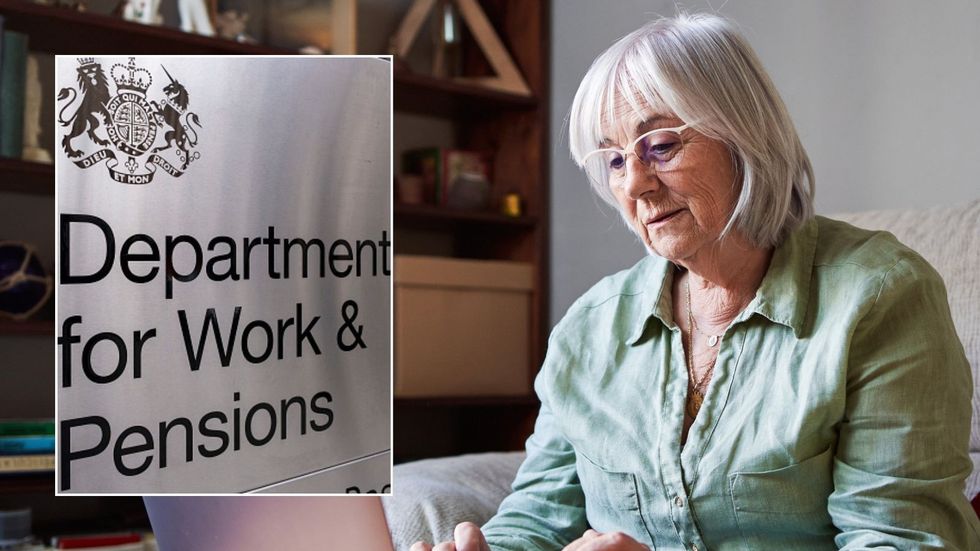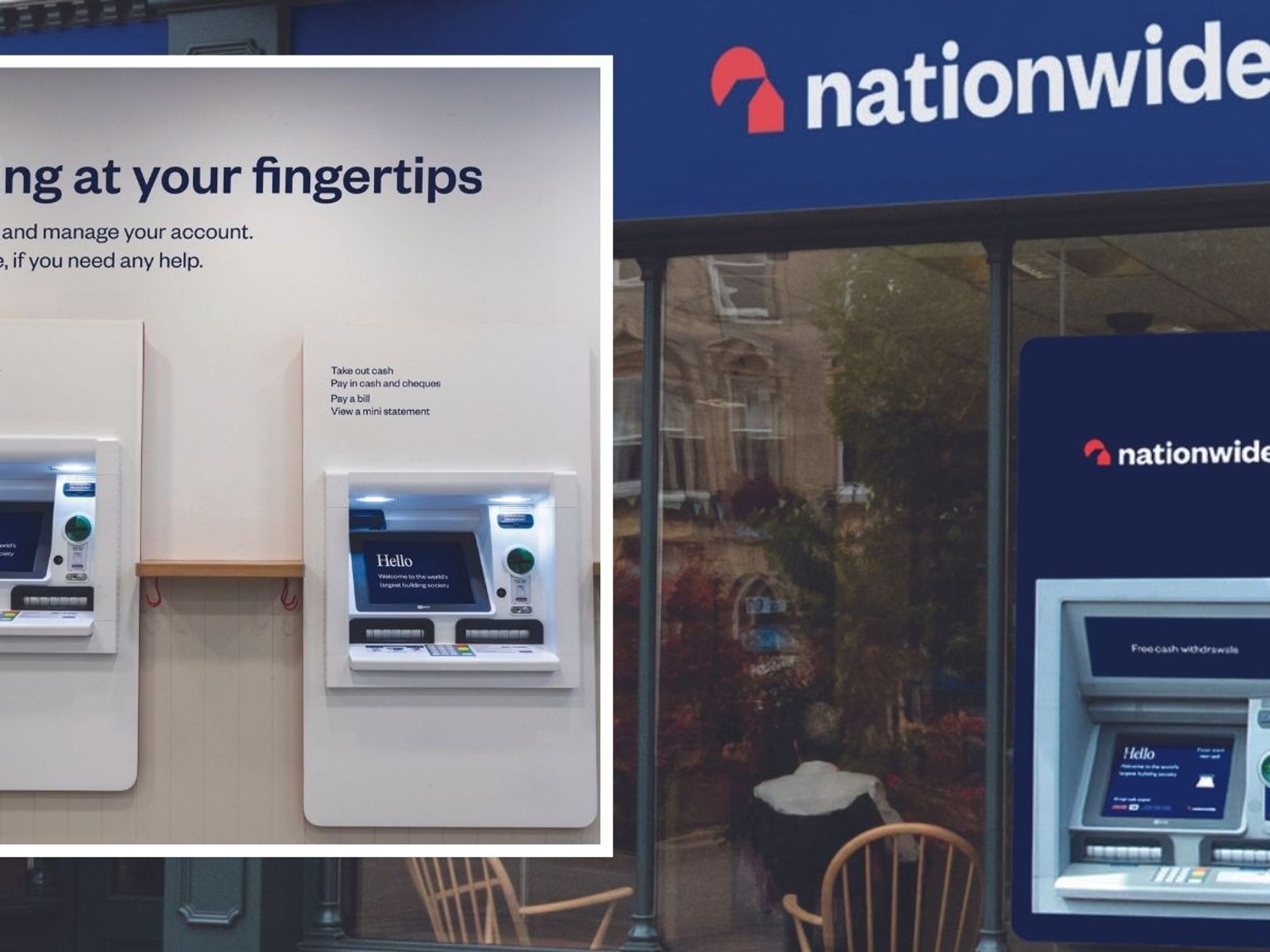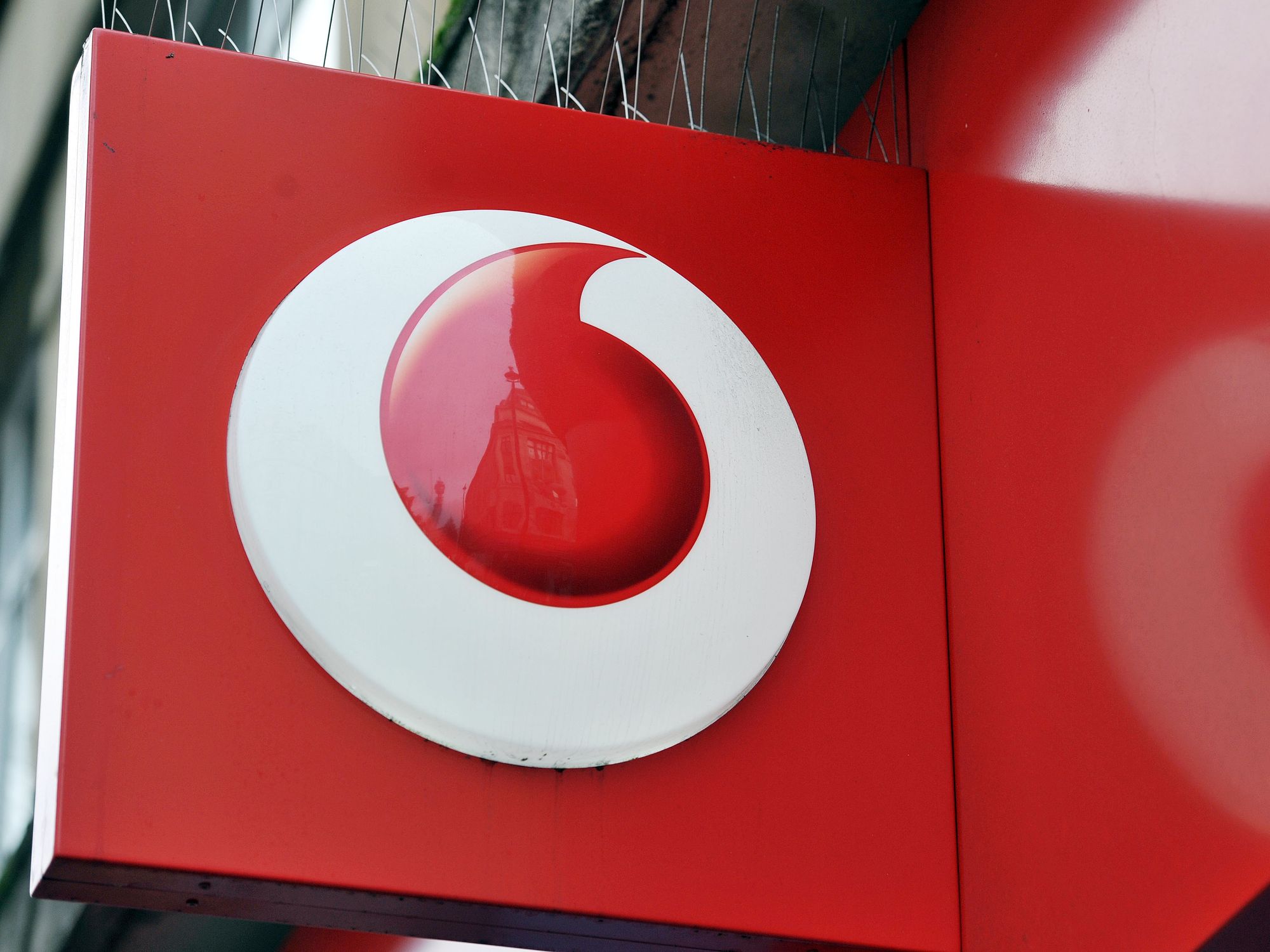Millions of state pensioners could see £634 payment boost next year under triple lock - are you eligible?

The Department for Work and Pensions is required by law to increase the state pension annually under the Triple Lock system
Don't Miss
Most Read
Millions of state pension recipients could see their annual income rise by £634 from April 2026, according to the latest Triple Lock forecasts.
The increase would push payments above the tax-free threshold for the first time.
The projected 5.3 per cent rise would apply to those receiving the full new state pension, which covers men born after April 5, 1951, and women born after April 5, 1953.
This would increase the annual payment from £11,973 to £12,607, surpassing the £12,500 Personal Allowance threshold.
As a result, pensioners would face income tax on part of their state pension for the first time, even without any additional income sources.
 State pension under review | GETTY
State pension under review | GETTY The Department for Work and Pensions is required by law to increase the state pension annually under the Triple Lock system.
The Triple Lock mechanism ensures the state pension rises each year by whichever is highest: wage growth from May to July, inflation, or a minimum of 2.5 per cent.
Current Office for National Statistics data shows wage growth at 5.2 per cent for regular earnings and 5.3 per cent for total earnings including bonuses.
If these levels persist until September when the Triple Lock calculation occurs, the 5.3 per cent figure would determine next year's increase.
Aaron Peake from CredAbility explained: "Right now, earnings growth is slightly ahead of inflation, so that's the frontrunner for determining the rise in 2026."
He added: "If we take current wage growth figures of around six per cent, that's the ballpark for next year's state pension increase."
The final determination will depend on May to July wage growth and inflation measurements.

The 5.3 per cent increase would boost weekly payments from the current £230.25 to approximately £242.45
| GETTYThe 5.3 per cent increase would boost weekly payments from the current £230.25 to approximately £242.45, resulting in an annual total of £12,607.60.
Pensioners would need to pay tax on the portion above £12,500, effectively returning some of their benefit to the Treasury.
The increase would amount to an extra £634.60 per year for those on the full new state pension.

Morrissey cautioned that additional state pension elements are not covered by the Triple Lock
| GETTYHelen Morrissey, head of retirement analysis at Hargreaves Lansdown said: "The triple lock aims to increase the state pension by whichever is the highest of 2.5 per cent, inflation or average wages."
She noted: "If we were in line to get an increase in the range of current average wages (5.3 per cent) then that would be applied to those receiving the new state pension as well as the basic state pension."
Morrissey cautioned that additional state pension elements are not covered by the Triple Lock, instead rising only with CPI inflation.
She added: "The key inflation and wage figures used for the triple lock calculation won't be released until Autumn so we will wait to see what direction both figures go in."










